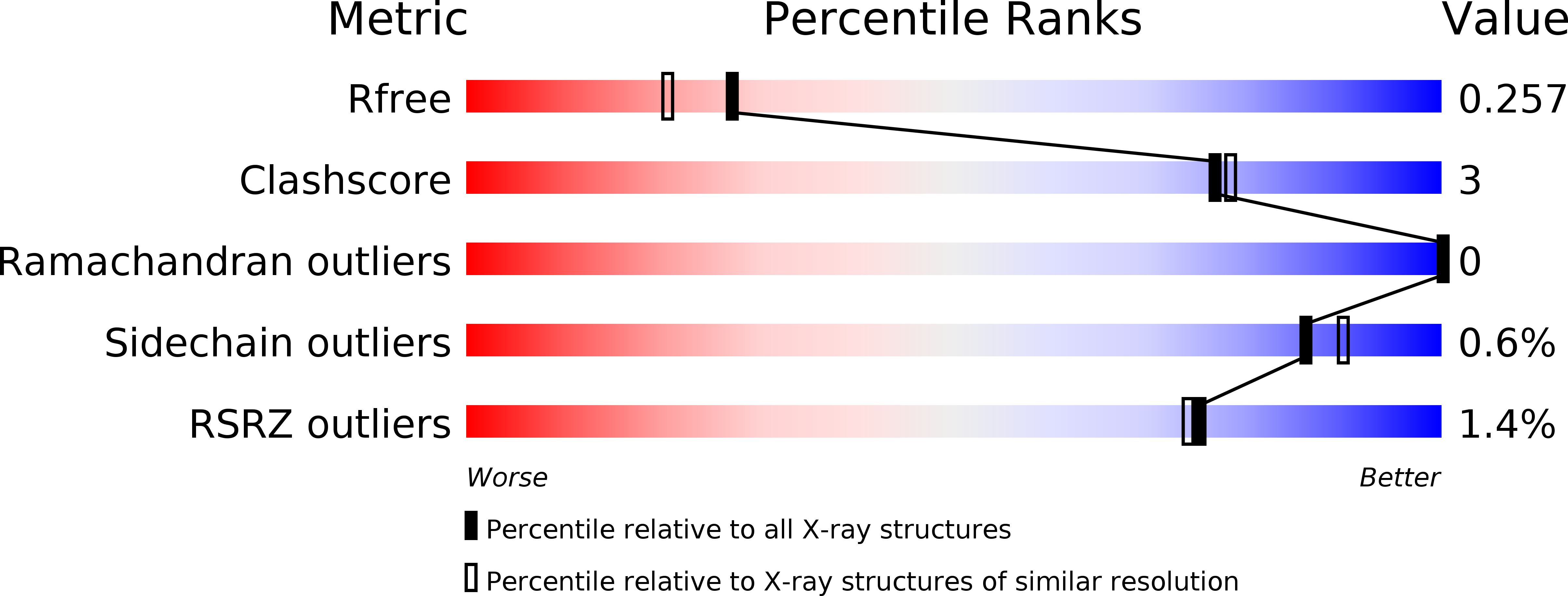
Deposition Date
2013-08-30
Release Date
2013-09-25
Last Version Date
2024-02-28
Method Details:
Experimental Method:
Resolution:
2.00 Å
R-Value Free:
0.23
R-Value Work:
0.19
R-Value Observed:
0.19
Space Group:
P 21 21 21


